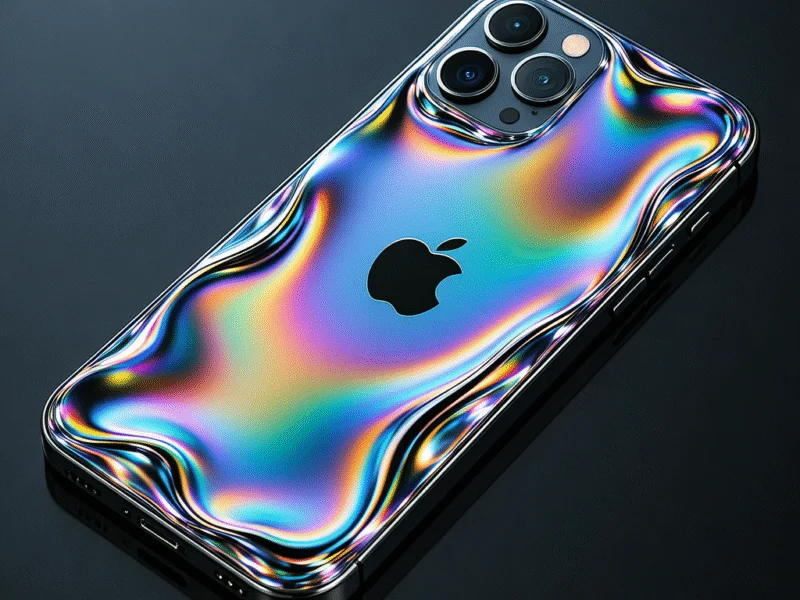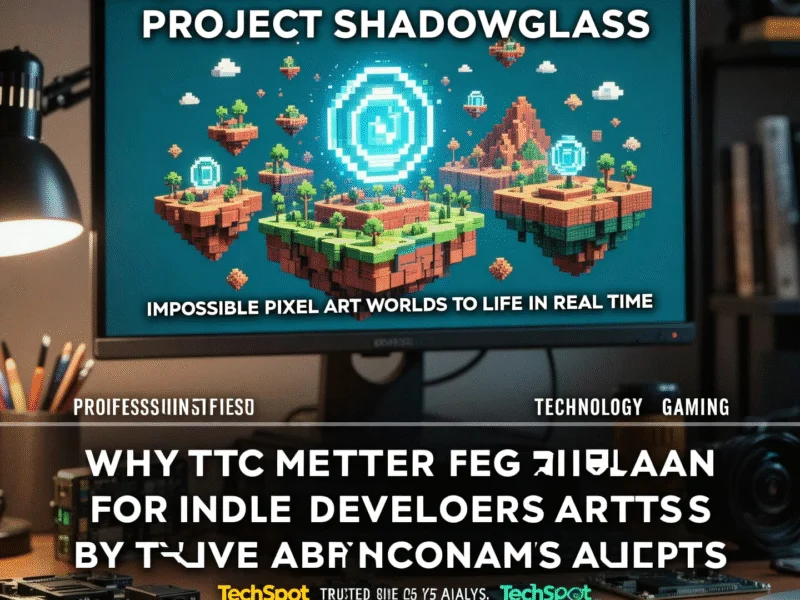Vivo Leads Android Charge Toward Apple’s Polarizing Interface
Chinese smartphone maker Vivo has become the first Android manufacturer to implement a user interface strikingly similar to Apple’s controversial Liquid Glass design, signaling another round of industry-wide design mimicry. The company’s newly unveiled OriginOS 6, built on Android 16, features translucent elements, fluid animations, and iOS-like visual effects that closely mirror Apple’s design language showcased at WWDC 2025.
Industry analysts note this follows a familiar pattern in smartphone design evolution. “Whenever Apple introduces a significant visual overhaul, Android manufacturers typically follow within 12-18 months,” according to Tech Design Report. The pattern previously occurred with the iPhone X’s notch and iPhone 14 Pro’s Dynamic Island, both of which spawned numerous Android imitations.
What Makes Liquid Glass Design So Controversial?
Apple’s Liquid Glass interface has divided users and critics since its debut in iOS 16. The design employs translucent elements, squircle-shaped icons, and dynamic wallpapers that shift between 2D and 3D appearances. While some praise its visual innovation, others criticize it as overly flashy and potentially distracting.
“The polarized reception hasn’t slowed adoption by competitors,” notes UX Matters Journal. Vivo’s implementation includes an iOS-like lock screen clock, fluid animation curves, and glass-like transparency effects throughout the interface. Early users report the design consumes slightly more battery but provides a distinctive visual experience.
Android Users Gain Multiple Pathways to Apple’s Aesthetic
Unlike Apple’s walled garden approach, Android offers multiple avenues for accessing the Liquid Glass aesthetic. Vivo users can upgrade to OriginOS 6 for the built-in experience, while other Android owners can download third-party launchers and icon packs from the Google Play Store.
Several developers have already released Liquid Glass-inspired themes, including popular options from Glassify UI and Fluid Launcher. Nothing Phone community forums show active speculation about official theme support, indicating widespread interest across Android segments.
- Custom launchers enable any Android device to mimic the design
- Icon packs transform app icons to match Apple’s squircle format
- Third-party wallpaper apps recreate the 2D-to-3D shifting effect
Industry-Wide Adoption Appears Inevitable
Market observers predict broader Android adoption of Liquid Glass elements throughout 2026. “We’re already seeing design documents referencing translucent UI elements from major Chinese manufacturers,” reports Android Authority. Companies like Xiaomi, Oppo, and OnePlus are expected to incorporate similar design language in upcoming software updates.
The trend highlights Apple’s continued influence over mobile design despite Android’s market share dominance. As one industry insider noted: “When Apple redesigns, the industry redesigns – the question is never if others will follow, but how quickly and how well.”
For consumers, this means both more visual consistency across platforms and renewed debates about design originality in the smartphone space.



